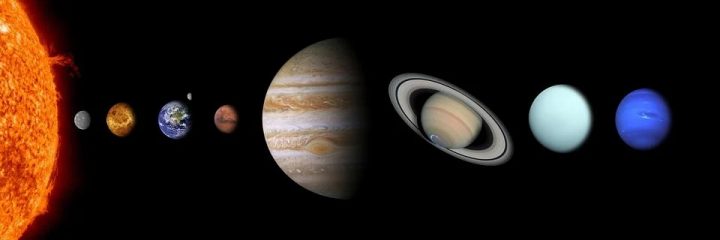- Submit News
- 501-666-6726
- [email protected]

Coalition of Service Providers teams up with Canadian funding agency to help businesses and workers affected by COVID-19
September 14, 2020
Social Security Board closes Corozal office temporarily after possible COVID-19 exposure
September 14, 2020Posted: Monday, September 14, 2020. 4:34 pm CST.
By Aaron Humes: In news that is literally out of this world, scientists studying the planet Venus have detected a key gas that supports the development of microbes – and show a tantalizing sign of potential life beyond planet Earth, according to Reuters news agency.
While no actual life forms were discovered, the gas phosphine – containing a phosphorus atom and three hydrogen atoms – was detected in trace amounts, 20 parts per billion, in the acidic clouds surrounding Venus, the second planet from the Sun, using telescopes in Hawaii and Chile.
The existence of extra-terrestrial life long has been one of the paramount questions of science. Scientists have used probes and telescopes to seek “biosignatures” – indirect signs of life – on other planets and moons in our solar system and beyond, Reuters reports.
Study co-author, Clara Sousa-Silva, emphasized that the possibility of life must be exhaustively confirmed, as it would mean that life is common elsewhere in the galaxy and other inhabited planets. For now, she said, the possibility of life is the most plausible, if fantastical explanation for the presence of the gas.
Venus, named for the Roman goddess of love, has taken a back seat to its cousins such as Mars as the focus of the search for life because of its inhospitable conditions. Researchers examined potential non-biological sources such as volcanism, meteorites, lightning, and various types of chemical reactions, but none appeared viable. The research continues to either confirm the presence of life or find an alternative explanation.
Venus is wrapped in a thick, toxic atmosphere that traps in heat. Surface temperatures reach a scorching 880 degrees Fahrenheit (471 degrees Celsius), hot enough to melt lead. Some scientists have suspected that the Venusian high clouds, with mild temperatures around 86 degrees Fahrenheit (30 degrees Celsius), could harbor aerial microbes that could endure extreme acidity. These clouds are around 90% sulphuric acid. Earth microbes could not survive that acidity.
Sousa-Silva speculated that Venus could possibly have had life on its surface before it succumbed to a “greenhouse effect” that rendered it completely inhabitable.
On Earth, microorganisms in “anaerobic” environments – ecosystems that do not rely on oxygen – produce phosphine. These include sewage plants, swamps, rice fields, marshlands, lake sediments and the excrements and intestinal tracts of many animals. Phosphine also arises non-biologically in certain industrial settings. To produce phosphine, Earth bacteria take up phosphate from minerals or biological material and add hydrogen.
Administrator of the U.S. National Aeronautics and Space Administration (NASA), Jim Bridenstine tweeted that the new findings are “the most significant development yet in building the case for life off Earth,” adding, “It’s time to prioritize Venus,” in reference to a possible atmospheric probe mission to the planet.
Advertise with the mоѕt vіѕіtеd nеwѕ ѕіtе іn Belize ~ We offer fully customizable and flexible digital marketing packages. Your content is delivered instantly to thousands of users in Belize and abroad! Contact us at mаrkеtіng@brеаkіngbеlіzеnеwѕ.соm or call us at 501-612-0315.
© 2020, BreakingBelizeNews.com. Content is copyrighted and requires written permission for reprinting in online or print media. Theft of content without permission/payment is punishable by law.



































































Comments